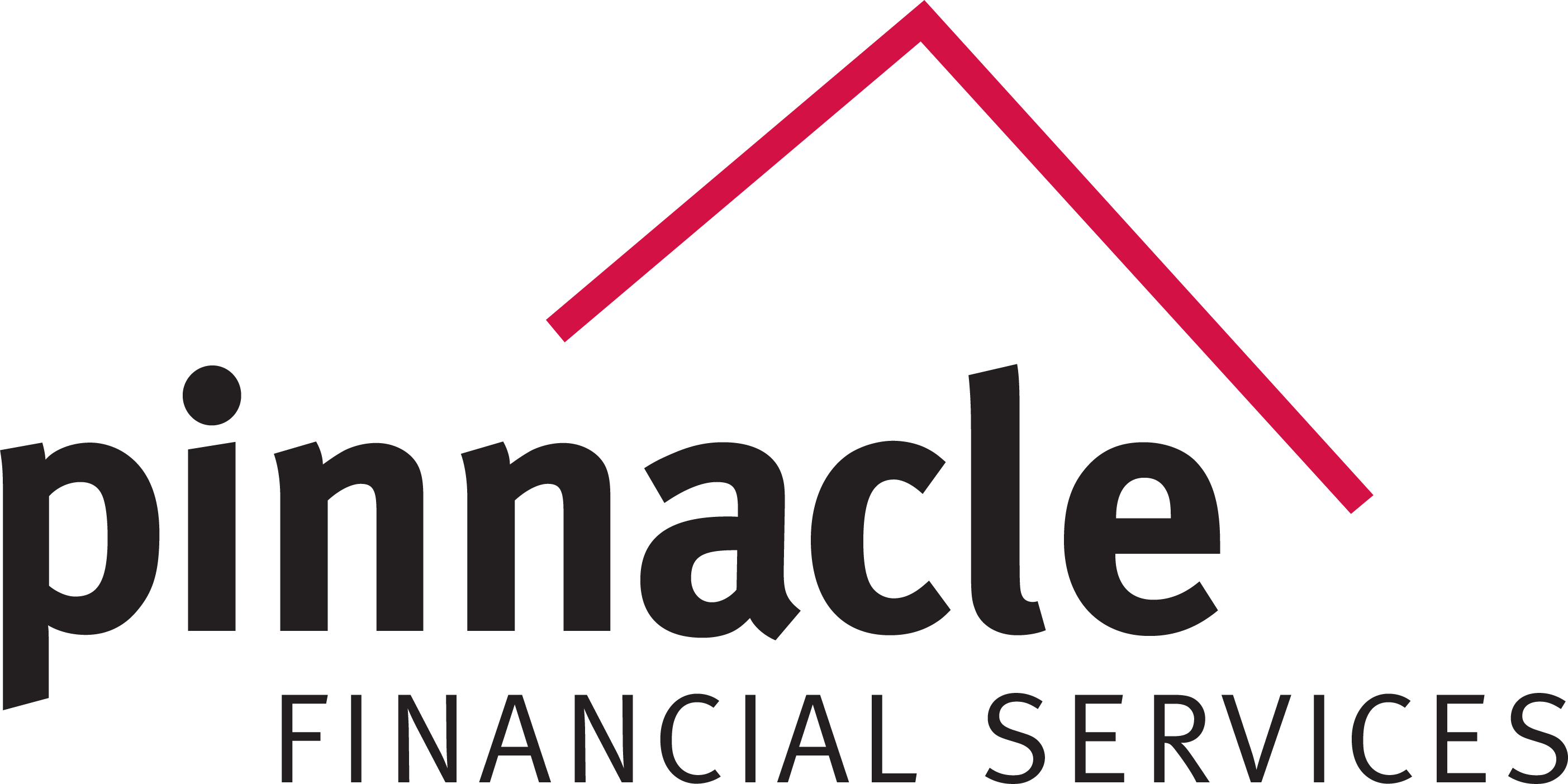
Life Insurance Retirement Plans
The Life insurance retirement plan (LIRP) is a powerful financial tool that can offer many benefits and has been used by millions of Americans to protect and secure their financial future. It is a permanent life insurance policy.
This utilizes a permanent life insurance policy with a cash value component.
The following LIRP video provides a case study that offers key insights into the benefits of a LIRP as well as an example of it in action.
If you are conservative with your “can’t lose” money, and you like to see a steady and secure path to financial freedom, the LIRP could be an excellent choice.
The Life Insurance retirement plan(LIRP) is a continuing lifetime policy (permanent life insurance), that utilizes the cash value component to assist retirement income. LIRP’s are similar to Roth IRA’s in that you won’t pay taxes on any withdrawals once you reach age 59 1/2, and gains are tax-deferred.
What is cash value?
Your life insurance policy’s premium payment is allocated in a tax-deferred savings component called the policy’s cash value. The specific amount that goes into the savings component is determined by your policy and the cash-value accounts growth over time.
After you have kept the cash-value for a certain length of time, or after it accumulates a specific amount desired, you can withdraw money from it or take out a loan against it to receive tax-free income.
How Does a Life Insurance Retirement Plan Work?
LIRP’s can help grow your existing retirement accounts and fill in gaps if your investment accounts falter. If you max out contributions to your traditional investment accounts, you may use any extra money to increase cash value, providing tax-deferred savings growth.
Building up the cash value
Some policyholders overfund their cash-value life insurance policies to build up enough value to backfill retirement. The additional money they pay is deposited into the policy’s cash value and is tax-deferred savings.
This approach, on the other hand, only works if you don’t need to make withdrawals before age 59 ½: An overfunded cash-value plan that exceeds the yearly deductible (set by the IRS) is converted into a modified endowment contract(MEC) and faces additional taxes and penalties for withdrawals.
Spending the cash value in retirement
According to popular financial recommendations, you should withdraw no more than 4% of your savings each year in retirement, but this withdrawal rate needs to be personalized based on each client’s specific circumstances. Then, when you have a cash-value life insurance policy, you’ll be able to access the money in your policy and any other retirement accounts.
Who needs a Life Insurance Retirement plan?
Cash-value life insurance can make sense for people with more complex financial needs or those who know they will require life insurance coverage for the rest of their lives. Example are:
- Individuals have already used up all their other retirement accounts, and are looking for a new tax-deferred savings vehicle.
- Those who have children with disabilities, for example, will require insurance after they have retired.
- The younger the insured is, the better. Time is the name of the game in utilizing this tax-advantaged retirement strategy.
How much does it cost to save in a LIRP?
Your permanent life insurance premiums are saved in a LIRP, and you may choose to increase the amount. Permanent life insurance premiums are five to fifteen times greater on average than term policies. So, if the price is what you are searching for, buying a term policy and investing the money in a ROTH IRA or a deferred annuity could be a better choice.
Life insurance retirement plans vs 401(k)’s and IRA’s
Regardless of the life insurance policy, your retirement should still be funded through a dedicated retirement account life a 401(k), or IRA. Cash-value life insurance has less options to accumulate savings over time than traditional retirement accounts like a 401(k), or IRA.
Pros and Cons of Life Insurance Retirement plans
In some instances, a life insurance retirement plan may be more flexible, but there are several valid reasons why most people should not use cash-value life insurance for retirement.
| Pros | Cons |
| Guaranteed death benefit | Expensive premiums |
| Access to cash value(Loans) | High Fees |
| No contribution limits | Lower returns |
| Tax-deferred cash value | Accrue interest on loans |
| Guaranteed minimums | Contribution are not tax-deductible |
Is Permanent Life insurance a good savings vehicle for retirement?
A LIRP isn’t worth it for most people, but there is no one-size-fits-all for retirement savings. For many, the high cost of permanent insurance, and lower rates of return outweigh the benefits of having this extra retirement account.
A LIRP can be a good option if you want to contribute the maximum amount to your retirement account each year and can’t put any more money into a typical post-tax retirement account.
The best alternative to a LIRP is buying a term policy and funding a ROTH IRA, or non-qualified annuity. Your income in retirement can still be tax-free and last your entire lifetime with a ROTH IRA annuity. Additionally, only interest earned is taxed in a nonqualified annuity, providing you with an income for life and a significant tax reduction over the long term.
Consult the experts at Pinnacle Financial Services to see if considering a LIRP for a client’s comprehensive retirement plan might make sense.
1 (800) 772-6881 x7731 | sales@pfsinsurance.com

Contact a Pinnacle Representative if you have any questions.
1 (800) 772-6881
support@pfsinsurance.com




